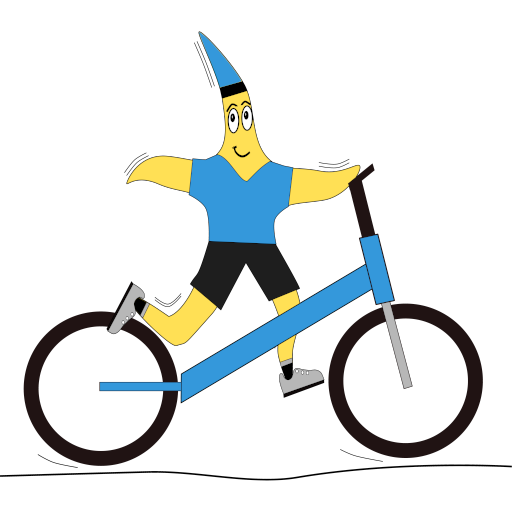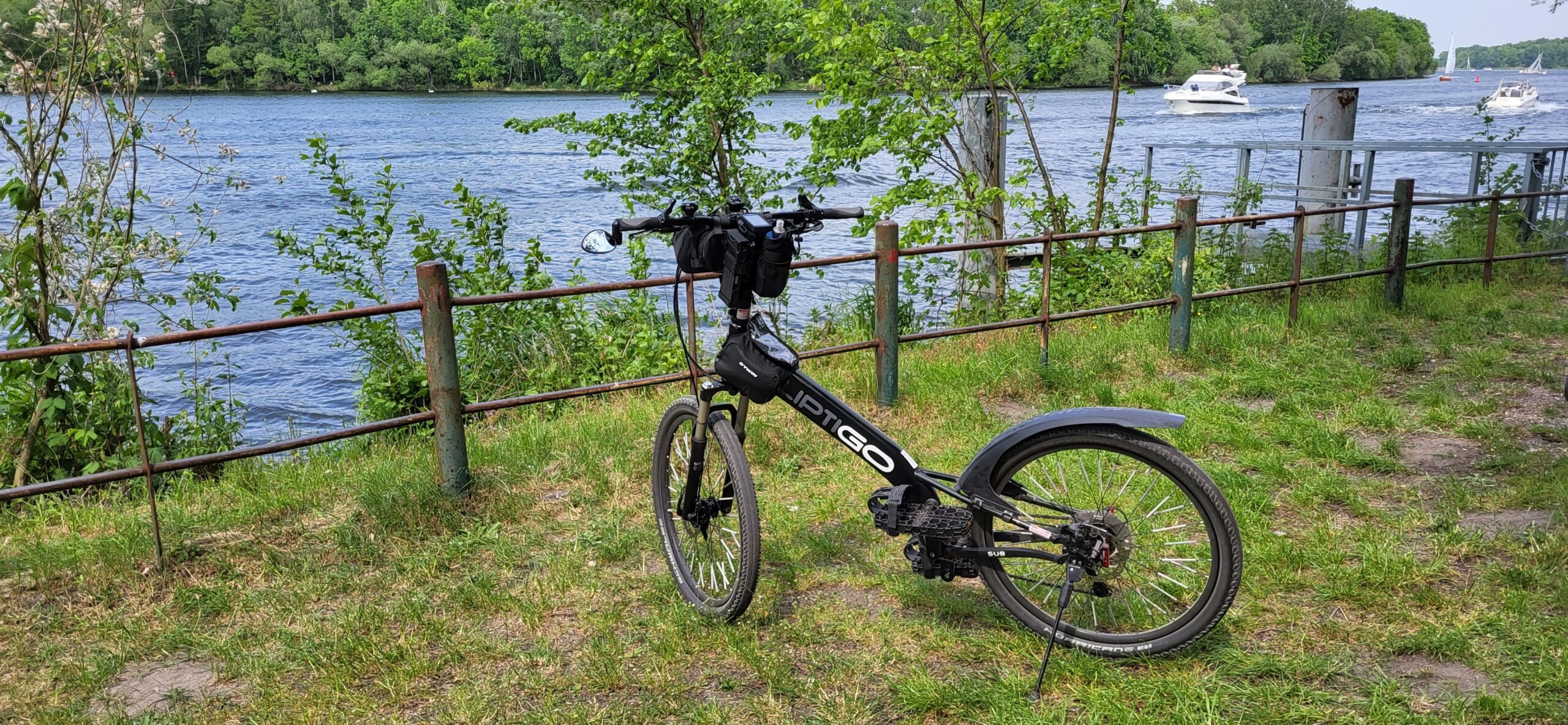Zuletzt aktualisiert | last modified: 6. April 2024
Startseite | English | The ElliptiGO MSUB

Inhalt | Content
Short description
The ElliptiGO MSUB is the mountain bike version (M) of the stand up bike (SUB). Main differences to the current road version called RSUB (R=Road) are: suspension instead of a rigid fork, wider 27.5 inch tires and ten (Shimano Deore) instead of eight gears (Shimano Altus). The frame of RSUB and MSUB is identical.
The wheels of the RSUB fit on the MSUB. If the RSUB 8-speed cassette is swapped for the Shimano CS-M4100 10-speed cassette of the MSUB, the MSUB gearshift also work perfectly with the RSUB wheels.
The technical data can be found on the websites of the manufacturer or the German importer.
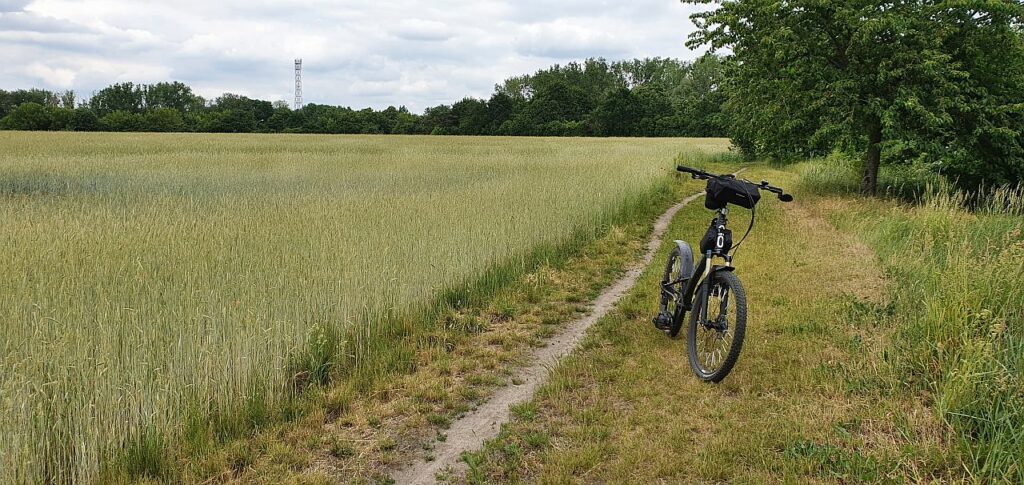
Summary
In summary, the ElliptiGO MSUB is the most versatile and off-road capable of my three bikes. You can go anywhere, you don’t have to worry about route planning, you can also spontaneously take a short shortcut cross-country and – while having a lot of fun – you achieve a very good overall sporting benefit. As long as you don’t spend most of your time on solid surface or want to save the extra costs, I would always prefer the MSUB to the RSUB, even if the maintenance effort is higher.
However, it should be taken into account that the joint load on all stand up bikes is noticeably higher than on elliptical bikes. If this is an absolute priority, you might want to choose a 3C, 8C or 11R.
Operation and practice
I operated my MSBU in the city for the first 4000 kilometers. In order to get to somewhat hilly terrain, I had to „travel“ about 10 kilometers there. Since the bike paths there are often in a more robust condition and there are many streets and paths with cobblestones or unpaved surfaces, I decided to buy the MSUB.
In the city I rode distances of up to 60 kilometers and often on varying terrain. Lots of asphalt, but also long distances on cobblestones or unpaved sand, gravel and forest paths.
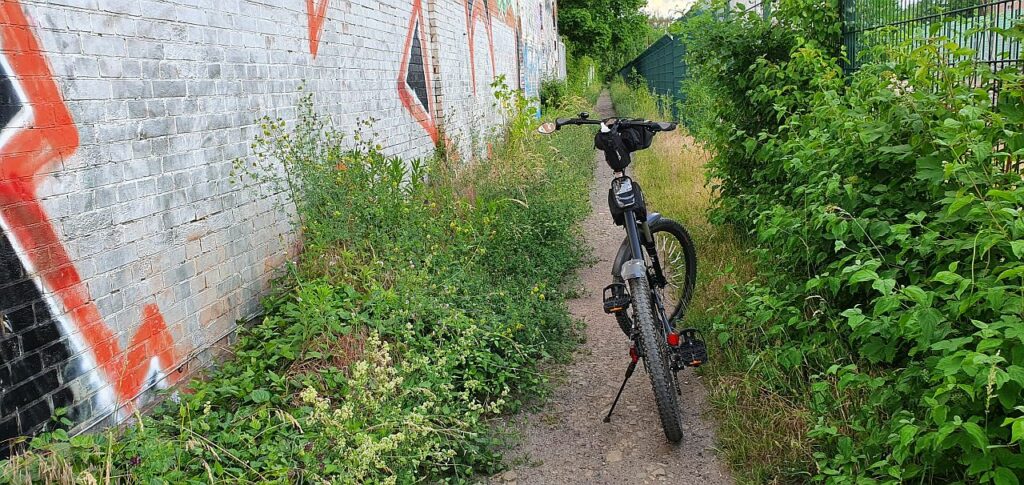
At the end of March 2024, I swapped the MSUB with my SUB. From now on, I will use the MSUB in hilly terrain. I will report on my further experiences.
Terrain
In my first urban environment were no real mountains, but there was some profiled terrain in which I had a lot of fun with the ElliptiGO MSUB and was able to challenge my personnel fitness.
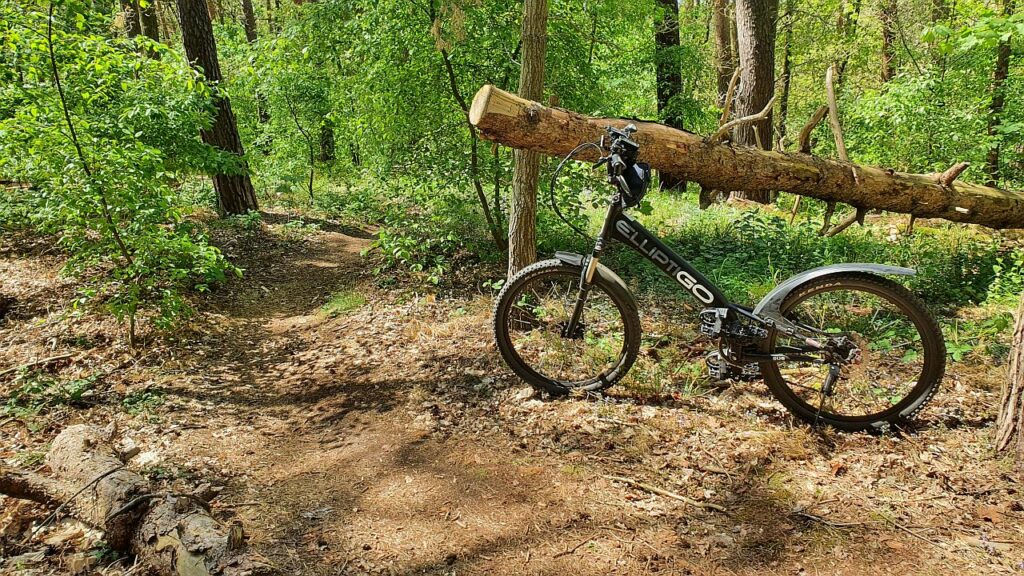
Since the MSUB is a hardtail bike and the fork manufacturer (more on that below) recommends the suspension fork series more for trekking/ cross country/ trail than for all mountain/ freeride/ downhill, the off-road suitability has its limits at some point. I personally would not put too much strain on the MSUB frame and avoid long jumps with hard landings (refer about this to the article indoor workout).
Gearshift
I find the gear ratios of the 10-speed shift ideal. In fast passages, the MSUB can be driven on the two smaller sprockets on a straight line at over 30 km/h if your legs allow it. I’ve hardly ridden on the largest sprocket so far, so the mountain suitability is completely sufficient for me. With the available gear ratios, you can move the bike very slowly and safely, even on difficult terrain.
Tires
I rode about a thousand kilometers with the standard Kenda Honey Badger Sport tires. They are not bad and have good grip, especially on sand and gravel, but they were too rough for my terrain. That’s why I initially switched to Schwalbe Hurricane Performance Addix in the same size (ETRTO 57-584 | 27.5×2.25″). These roll very quietly and quickly on asphalt and still have sufficient grip on light terrain, except on loose dry sand. But they have no puncture protection. Once I was hit by splinters of glass on both tires at the same time…

After two more breakdowns in the city due to broken glass, I had enough of the Hurricane. Since this size is not available with better puncture protection, I don’t want a narrower tire and one with a width of 2.40″ doesn’t fit in the frame, I have now replaced it with „unpuncturable“ Schwalbe Marathon Plus MTB.
With several thousand kilometers of practice, I can say that I really like these tires. They roll pretty well, as expected not quite as light as the Hurricane, but much better than the Kenda and are definitely suitable for asphalt. On gravel, they are much better than the Hurricane, but not really great on loose, dry sand either. They have already received a number of pieces of glass without causing a flat tire. I can highly recommend the tires for the MSUB on varying surfaces and not too wild terrain.
I am currently using AV21 tubes from Schwalbe. These have Schrader valves, like the fork. Therefore, a fork pump is sufficient in the puncture kit, even if you have to pump the tires a little longer.
Maintenance and wear
As a model comparable to normal bicycles, maintenance and wear of the components are relatively similar.
The ElliptiGO MSUB operating instructions contain a maintenance plan that can be followed. Depending on the individual use, the intervals there can certainly be stretched somewhat. A list of the torques for the most important screw connections is also included in the manual.
The manufacturer has a whole series of useful support videos to help with the work.
Since the MSUB does not have a seat post and the frame is comparatively wide, many classic bicycle repair stands with a clamp are not suitable. I use a stand where the front wheel is replaced by a holding axle for fixation. The length of the MSUB just fits my model and it is held stable. However, this kind of stand is not suitable for fork maintenance.
Chain/ Chainring
It’s a no-brainer that you should care for the chain and moving parts regularly. I do it every 200 to 300 kilometers, or more often if they are very dirty.
The chains are replaced if the 1mm side of a standard chain wear gauge just starts to fall through. On my MSUB, the first chain lasted 2200 kilometers, the second just under 2000 kilometers. As a replacement, I took a chain from the German ElliptiGO online shop. This is already supplied in the appropriate length of 114 chain links. It is a YBN chain that fits perfectly on the narrow-wide chainring of the MSUB. A two-piece master chain lock that can be opened and closed with any compatible chain pliers is included.
My MSUB came with a 42 tooth BCD 130 mm chainring made of AL7075 aluminum on the five-arm crank. With narrow-wide technology, thicker teeth grip between the outer plates of the chain, which is intended to prevent it from falling off even without a chain keeper. This works well for me.
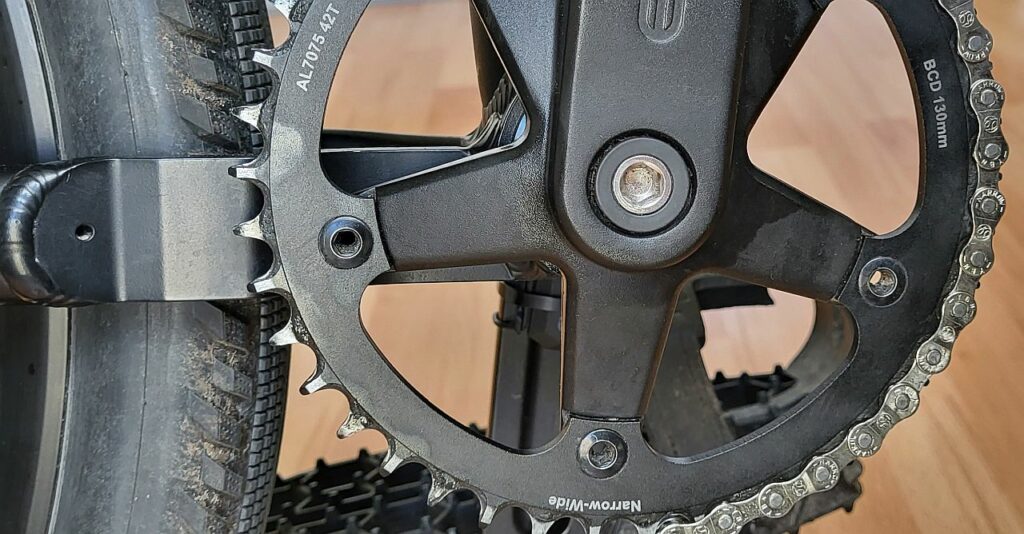
I read that there are MSUB with 38T and 44T chainrings. I couldn’t find out whether these are alternative standards or subsequent adaptation. When using the 38T version, a shorter chain with 110 instead of 114 links is necessary.
Gearshift/ Cassette
After changing the chain for the first time, I had problems with the gears of the Shimano Alfine RD-M6000 rear derailleur on the two smallest sprockets, which I couldn’t completely eliminate even by changing the settings. Finally, the second smallest 13T sprocket still wanted to jump to the next larger one when driving faster.
So I completely replaced the Shimano Deore CS-M4100 cassette after 2300 kilometers. The version with a maximum of 42 teeth (11-13-15-18-21-24-28-32-37-42T) is installed, which fixed part consists of the sprockets 15T to 42T. The two smallest sprockets 11T and 13T (bj/ bk/ bv) are loose and can be purchased individually.
A standard, Shimano-compatible lock ring tool is required to remove and install the cassette. How to do it is written in the Shimano manual.
Since changing the cassette and readjusting the derailleur, everything has been running optimally again and the cassette still works even after the second chain replacement without any problem. Instructions for setting the derailleur are published by the manufacturer .
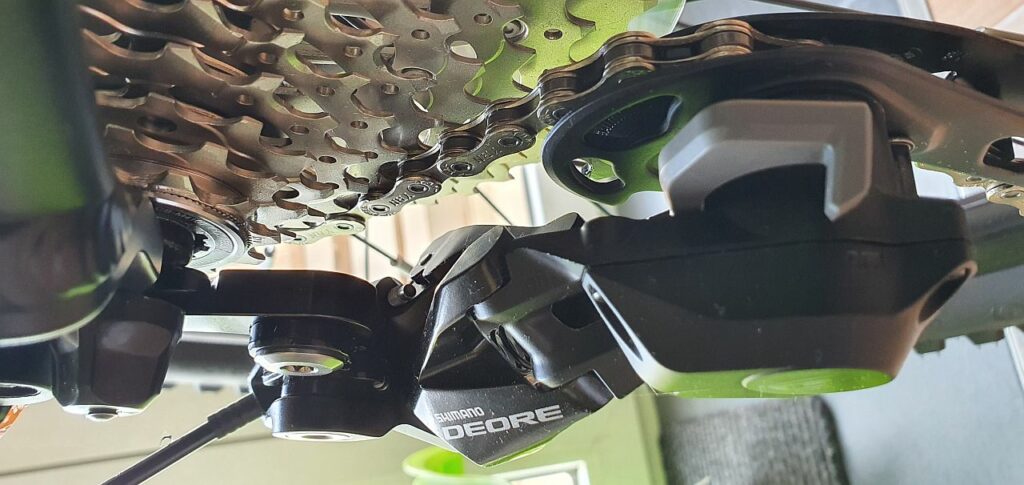
The derailleur is equipped with the Shimano Shadow Plus feature, which is intended to prevent the chain from hitting the chainstay in rough terrain (the gray lever in the „on“ position) and makes it easier to install and remove the rear wheel (the gray lever set to „off“).
Brakes
In my opinion, the Tektro MD-M280 disc brakes are fine for the ElliptiGO MSUB, although they are mechanical and not hydraulic. They require very little maintenance.
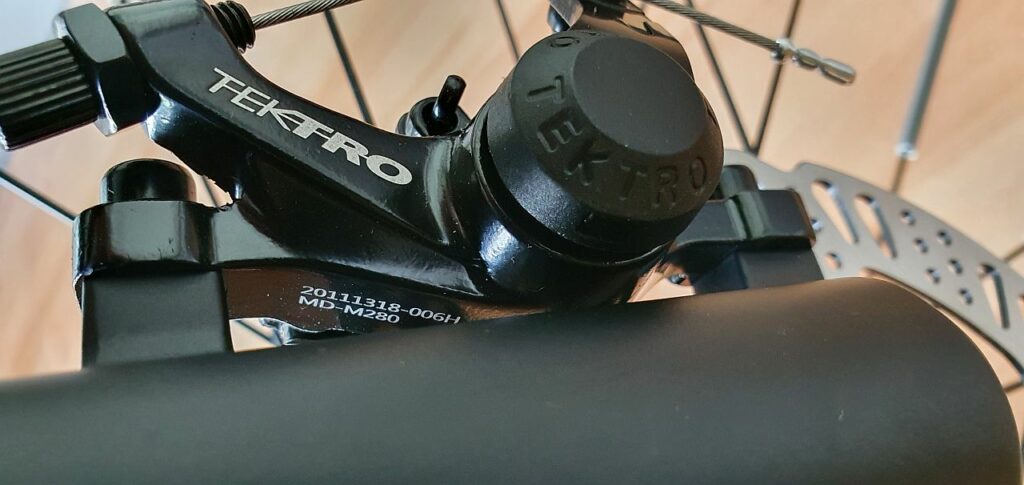
The thickness of the disc brake pads and the condition of the brake cables should be checked regularly. Otherwise, all you have to do is adjusting the brakes from time to time (see support video) and oil the cables a little.
So far I haven’t had to change the brake pads. At 4,000 kilometers, the pads were still more than half of their original thickness.
Suspension fork
After about 1000 kilometers, the adjuster for the compression of my suspension fork (blue lever on the top of the right fork leg) began to adjust itself. After a total of around 2000 kilometers the fork started to lose air. At first, I had to pump it every 80 to 100 kilometers, but a short time later it no longer held air at all.
It was recommended by the fork manufacturer Spinner to change the sealing rings on the screw connection of the left upper fork leg and those on the piston in order to get the fork to function again.
If one knows that it is a spinner fork, an operation manual can be found online.
So I disassembled the fork, cleaned it, replaced all the sealing rings and re-greased/ oiled it. Since then, the fork has been working perfectly again.
The old X-ring for sealing the piston had two minimal vertical grooves, which were probably responsible for the air loss…
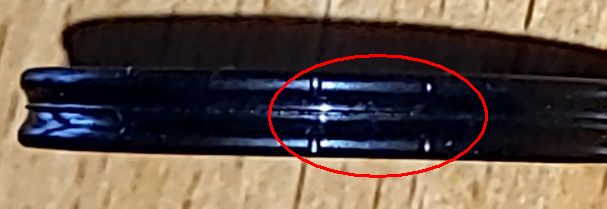
An O-ring under the adjustment screw for the compression was deformed, which caused the automatic adjustment…
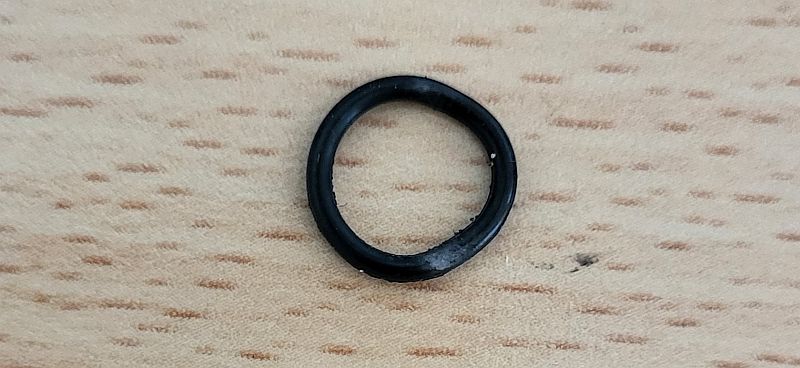
Since then, I carry out the major service once a year and replace all the sealing rings.
After about 1500 more kilometers it was already noticeable that the fork needed to be pumped slightly more often. I carried out the second fork service after almost a year and a good 1800 kilometers of driving with the seals. The fork had held the air quite well until then.
A separate article describes the fork maintenance step by step.
Side stand
The standard side stand turned out to be not very durable. In fact, it has already broken off once. It also doesn’t impress with a good stability of the bike.
Side stands with a hole spacing of 15 millimeters, as required by the frame of the MSUB/ RSUB, are not so easy to obtain in the required length. Since I didn’t want to tinker, I used the original spare part from the German ElliptiGO online shop. If this stand breaks again, I’ll try a different model.
The same model with a shortened shaft is installed on the SUB. With this, I haven’t had any problems so far. It’s pretty stable here.
Startseite | English | The ElliptiGO MSUB
